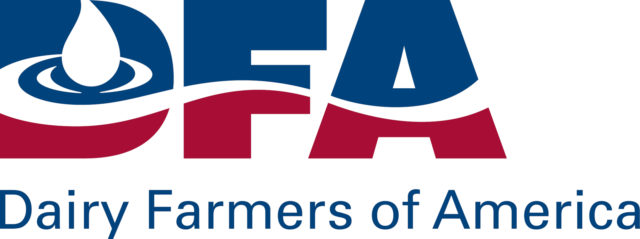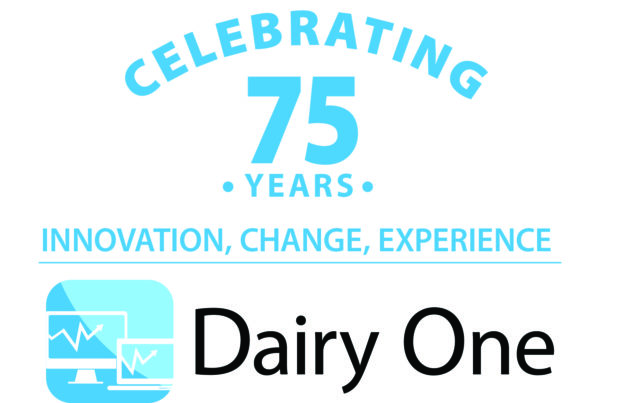An increasing human population is shrinking rural areas and depleting natural resources. We’re using up the soil and polluting the air. The more people on the planet, the more likely the occurrence of disease outbreaks and the greater their severity. We have weapons that can destroy the entire earth. And on top of all of that, let’s not forget about the imminent threat of a zombie apocalypse.
The person born today will die of old age in a very different world. Meanwhile, there are a lot of problems to solve to ensure that the human race is going to survive. To get there, we’re going to have to rethink our relationship to the space around us. Farming, for one, may look very different. In fact, in some places it already does.
Most walking through London in the Clapham district are unaware there is a vegetable farm 108 feet below them. The city is full of unused underground tunnels that acted as air raid shelters during the Second World War. This particular tunnel, which once hid 8,000 people during a Nazi bombing campaign, is now full of various kinds of lettuce and microgreens.
The $1.1 million Growing Underground initiative uses LED lights and hydroponic technology to create a closed system of 2.5 acres powered by renewable energy. Seeds are placed on recycled carpet mats, and the water used recirculates through the system. When the plants have grown to maturity, they are harvested and delivered by hand to local restaurants aboveground.
In addition to being an almost-carbon-neutral operation that utilizes idle space to produce food, the fact that the farm is unaffected by weather changes also makes it an interesting model for researchers. Suddenly, London has more going on than just Coldplay and the Rolling Stones.
As they say, imitation is the sincerest form of flattery. Tokyo Metro, the company that runs the underground transportation system in the Japanese capital, has repeated London’s experiment. Tokyo Salad grows six types of lettuce and four varieties of baby greens under the subway lines using a similar hydroponic system. Workers step through an “air shower” to decontaminate themselves before attending the plants, which are in rows of shelving units steeped in fertilized water. Knowing the model is replicable, how long will it be before every city has a garden beneath it?
Of course, there’s another way to solve Earth’s problems. We can just leave it.
To this purpose, millions of dollars are being poured into another underground farm: the lunar greenhouse. The University of Arizona’s Controlled Environment Agriculture Center (CEAC) is working in conjunction with NASA to design a self-sustaining greenhouse that can be placed on the moon – or, more accurately, in the moon.
The operation will have to be buried underground to protect it from dangerous solar flares, micrometeorites and cosmic rays. The CEAC is looking to grow more than just lettuce, producing a variety of vegetables to support the astronauts’ diet.
The greenhouse is an 18-foot tubular structure that is collapsible into a 4-foot disk to fit onto a spaceship. It is designed to have sensing data so the system can make its own growing decisions in regards to hydroponic flow, lighting and other green-thumb knowledge while still being able to be controlled from Earth if necessary. The engineers suggest the entire system can be deployed in 10 minutes, making it easier to assemble than a piece of furniture from Ikea.
While space colonization is still a few years away, the same growing technology has been used in a similar situation and to practical effects. The South Pole may seem like the last place on earth vegetables can be grown but, thanks to a comparable self-enclosed hydroponic system, the 50-some scientists at the U.S. South Pole Station can enjoy fresh fruits and vegetables as part of their diet.
Until the growing chamber was delivered to the station (also provided by University of Arizona’s CEAC), scientists had to endure the six months of perpetual darkness and temperatures of minus 100ºF while only eating dried or frozen foods. In addition to providing a healthier diet, the grow chamber offers a bright, pleasant place to relax and enjoy plant life in an otherwise barren landscape. Although it is not underground, the grow chamber was the progenitor to the lunar greenhouse.
There are a lot of movies out there in which the human race is forced to live underground (City of Ember, Escape from Paradise, The Mounds, Subterranea – to name a few). With everything that’s happening on the surface of the planet, that kind of sci-fi future may not be that far off. The good thing is: The world is still going to need farmers (of sorts). And who knows – maybe they’ll make room for the cows, too.![]()
Ryan Dennis is the son of a former dairy farmer from western New York and a literary writer.










